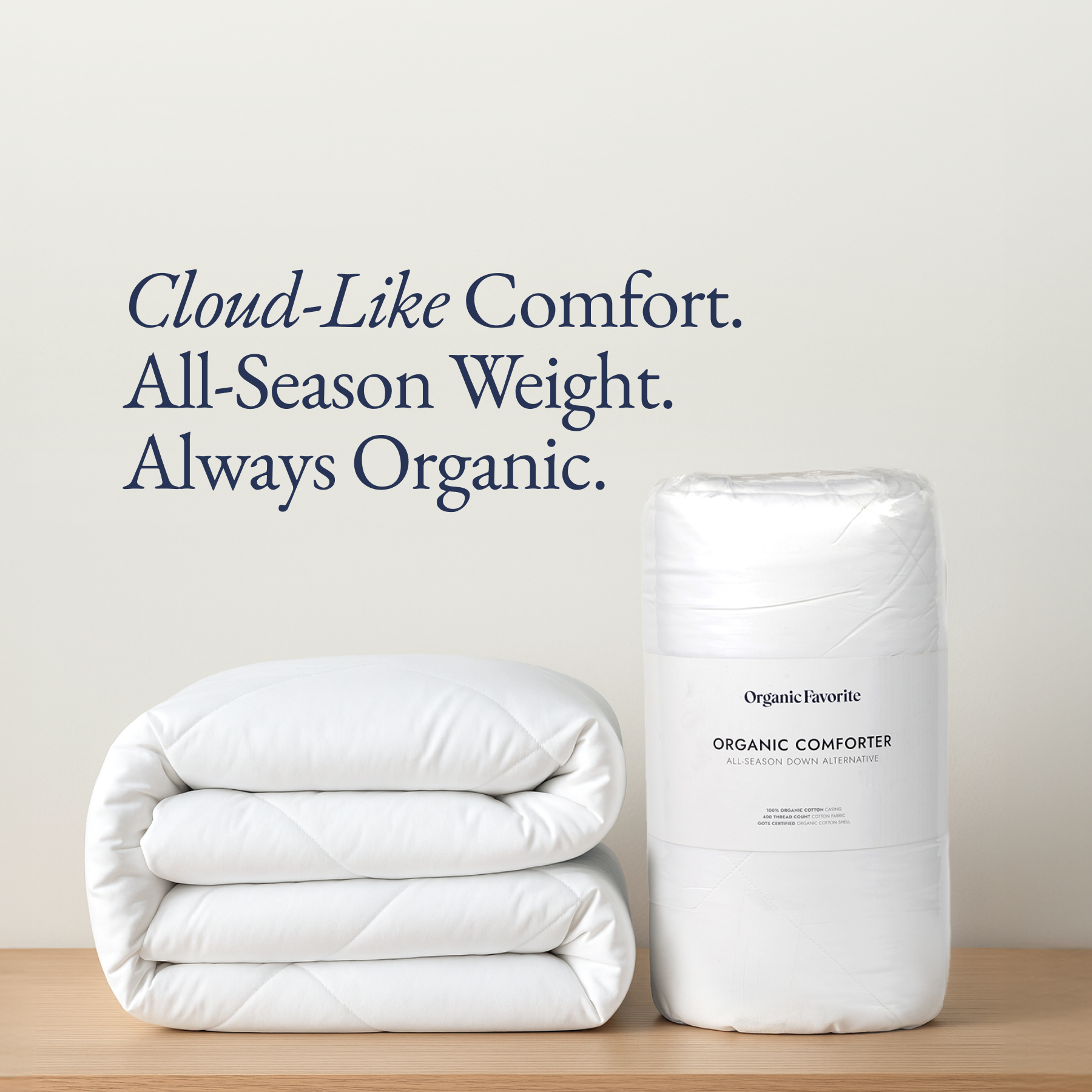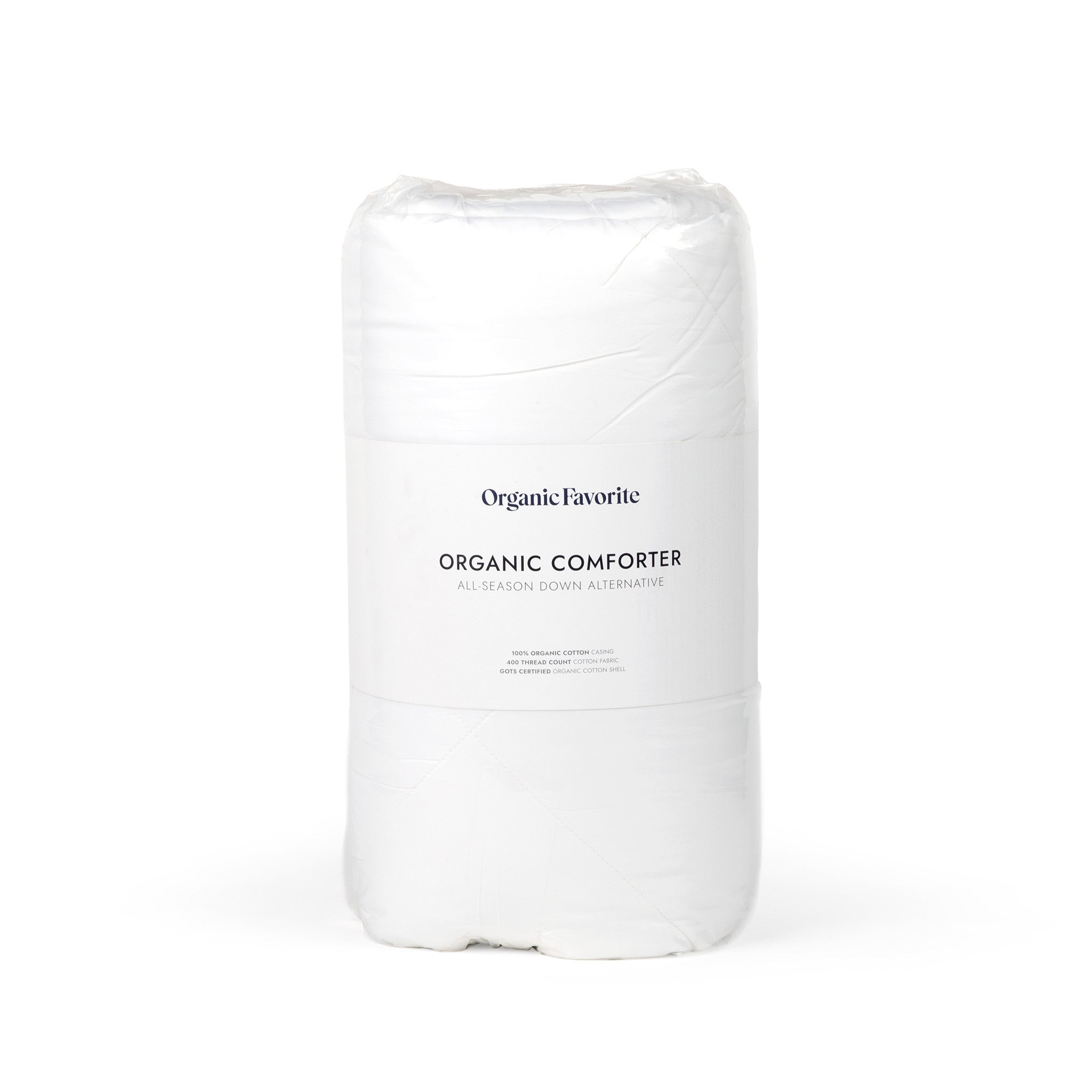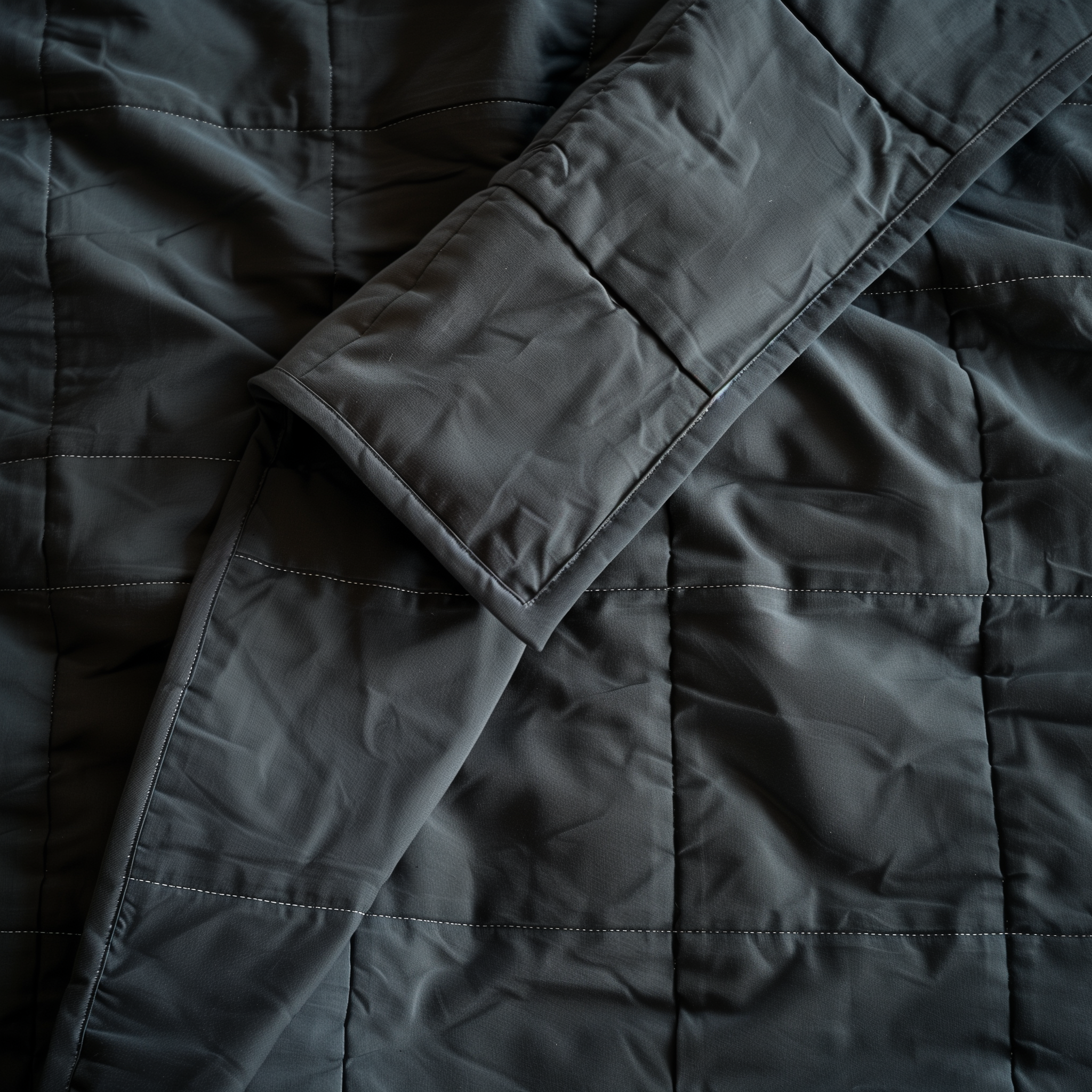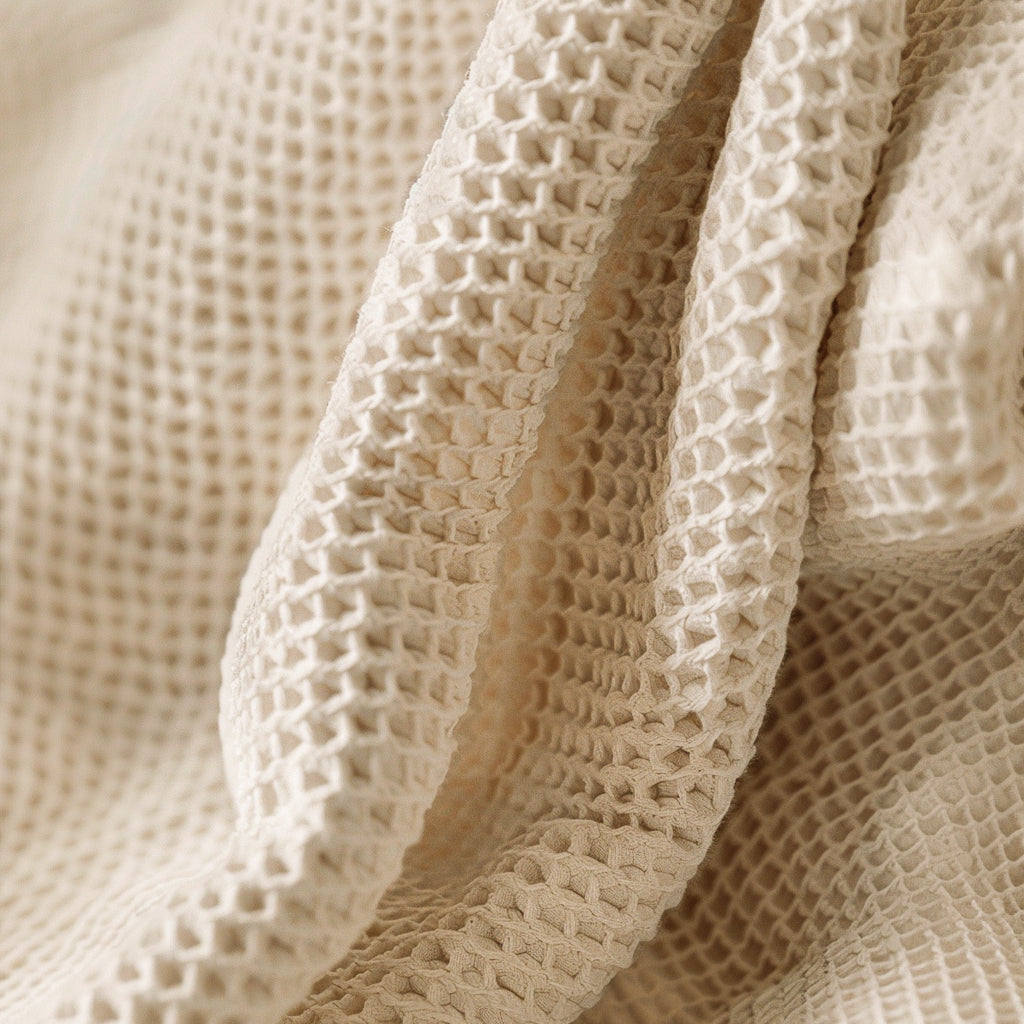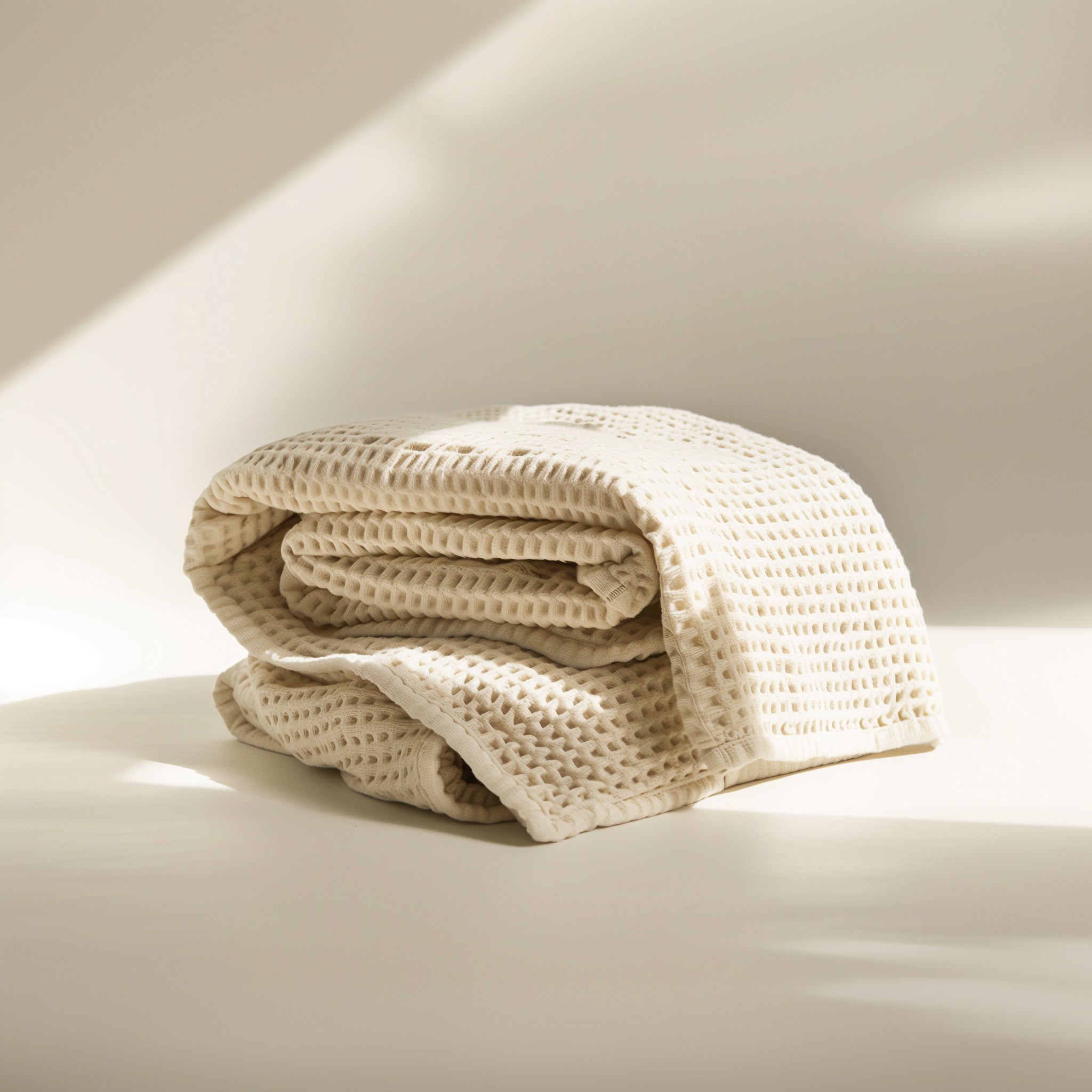The air was thick and sweet, smelling of damp earth and blooming night jasmine.
My bike tires hummed over the asphalt, a steady rhythm in the fading light of a Lakewood Ranch evening. This is my church, my therapy. It’s where I unravel the knots in my head.
I’d already seen two deer grazing silently in a manicured field and a raccoon that looked at me with an almost human curiosity. Nature felt close, real.
And then it happened.
Out of the brush at an intersection, a shadow detached itself from the deeper shadows. It was big. Solid. A wild black hog, a good 150 pounds of muscle and bristly hair, burst onto the path.
For a few heart-stopping seconds, it wasn't scared. It didn't flee. It ran with me, its powerful legs churning, keeping pace just yards away before finally veering across my path and disappearing into the preserve.
My heart hammered against my ribs. It was a raw, wild, and beautiful moment—a reminder of the untamed world that still breathes at the edges of our suburban lives.
As my adrenaline subsided, a strange and deeply uncomfortable thought surfaced. In that primal moment of connection with a truly wild creature, what was I wearing?
I looked down. My shirt was a canvas of vibrant, electric-blue patterns. It was smooth, almost silky to the touch, and completely wrinkle-free. It was a high-performance, moisture-wicking, SPF-protecting marvel of modern engineering.
It was also 100% polyester. It was plastic.
And in that moment, the hypocrisy hit me like a physical blow. I am Chris Jenkins. My family’s life, our entire mission, is built around creating a sanctuary from the synthetic world. My wife Jill’s health depends on it.
Our company, Organic Favorite, exists to help other families do the same. And here I was, wrapped in the very thing we’re fighting against.
The Seduction of a Toxic Partner
This wasn't a one-time mistake. This was a full-blown affair.
It had crept in slowly. I now own six of these shirts. They’re the kind you see everywhere—performance shirts from a popular surf-style brand, plastered with vibrant, eye-catching patterns.
And I have to be honest: I love them. They are the perfect shirt for a Florida cruise or a day out with the family. They never need ironing, and they feel invincible. They are convenient. They are easy.
But what I was starting to realize is that this shirt wasn't just a passive piece of plastic. It was an active participant in my environment.
The science forced me to see a crucial difference I'd never considered, a concept I now think of as "Source vs. Sponge." A massive 2024 review in Environmental Toxicology and Pharmacology helped clarify it.
Natural fibers can be a sponge, passively absorbing chemicals from the air. But synthetic fabrics like polyester are a source, actively leaching the chemical plasticizers they were made with.
My favorite shirt wasn't an innocent bystander; it was a slow-release delivery system for its own chemical recipe.
A Moment of Uncomfortable Clarity
The nagging doubt had been a low hum, but the alarm bell wasn't a video or an article. It was the weight of my daughter in my arms.
I was holding her one afternoon, and a familiar nerve pain from bouncing our 20-pound baby shot through my shoulder.
As I shifted her weight, I became acutely aware of the slick, synthetic fabric of my shirt pressed against my skin, and then against the delicate skin of her bare arms.
And a simple, terrifying question bloomed in my mind: What is this stuff?
We had purged our kitchen of non-organic food years ago. We had vetted every cleaning supply to build a sanctuary for Jill. Our entire life was a testament to conscious choices.
But this shirt? I had no idea what chemicals were used to make it. I had given it a free pass into our sanctuary, and now I was pressing it against my child. The hypocrisy was sickening.
The Unbound Threat: What’s Really Touching My Skin?
So, I did what I always do. I started digging. I became The Relentless Guide for myself.
What I found turned my quiet guilt into genuine fear. Polyester isn’t some neutral, benign material. It’s a petroleum product—plastic derived from the same crude oil as the gasoline in your car.
But the real danger lies in a simple, terrifying fact confirmed by a massive 2024 review in the journal Environmental Toxicology and Pharmacology: the chemical plasticizers used to make these fabrics flexible, like phthalates, are not chemically bound to the plastic.
They are designed to migrate.
This means they are constantly being released from the fabric. And where do they go? Onto our skin.
The review confirms that dermal absorption from clothing is now considered a "significant route of exposure," especially for children. These are the same endocrine-disrupting chemicals we avoid in water bottles, and my favorite shirts were holding them directly against my body.
The "Aha!" Moment: How the Poison Gets In
Let that sink in: "not chemically bound."
This is the ‘Aha!’ moment that changes everything. These chemicals aren't locked away. They are microscopic free agents, mixed into the plastic like sugar in water, just waiting to escape.
And we give them that opportunity every time we wear the shirt. Heat from our bodies, the friction of movement, the moisture from our sweat—all of these things encourage the chemicals to leach out.
This isn't a theoretical risk. It’s a physical process. My "performance" shirt was engineered for the perfect storm of conditions to transfer its chemical load directly to my body.
A "Significant" Danger to My Family
The science is clear and chilling on this point.
That same comprehensive review stated that "dermal absorption of PAE [phthalates] through skin contact with clothing...is an important route of exposure, with a particularly important impact on children."
That phrase—"a particularly important impact on children"—hit me right in the gut.
This wasn't about some abstract environmental concern anymore. This was about me, holding my 20-pound baby girl, possibly exposing her developing system to endocrine disruptors.
It made the entire "sanctuary" we had so carefully built for Jill feel like a sham. The enemy wasn't just outside the gates; I had invited it into the nursery.
The Washing Machine Paradox
I thought, "Okay, maybe I can just wash the chemicals out."
It turns out the opposite can be true. The problem extends beyond our bodies and into a bizarre washing machine paradox.
Every time I wash these shirts, they shed thousands of microplastic fibers, creating a tiny, invisible oil spill that flows into our waterways. That’s bad enough.
But here’s the truly insane part. A 2016 study on clothing contamination found that while laundering removed some phthalates from jeans, the levels of DEHP (one of the most common types) sometimes increased after washing.
It's shocking. The very act of "cleaning" these clothes could be contaminating them further, likely from plastic components inside the washing machine or even from plastic detergent jugs.
A Permanent Problem You Can't Wash Away
To add insult to injury, even when washing does remove some chemicals, it’s frighteningly ineffective on the most stubborn ones.
Another study found that laundering removed only 0-35% of high-molecular-weight phthalates—the heavier, more persistent types—from polyester.
You can't just "wash away" the danger. For the most part, the chemicals that are in the shirt when you buy it are there to stay, slowly leaching out over its entire lifespan. The problem is permanent.
The "Recycled" Excuse
I looked at the tag again. "Made from recycled materials." For a second, I felt a wave of relief.
See? It’s eco-friendly plastic. This is the most dangerous lie of all. It’s greenwashing.
Yes, using recycled plastic bottles is better than pumping more oil. But it’s a band-aid on a gaping wound.
A recycled polyester shirt still sheds the exact same microplastics. It still contains the same loosely-bound chemical plasticizers. And it still poses the same threat to your health. It just makes us feel better about our addiction.
Remembering Our Gold Standard
This entire journey drove me right back to our foundation. It reminded me why we started Organic Favorite.
It’s to cut through this exact confusion. And the solution is beautiful in its simplicity: GOTS-certified organic cotton.
The Global Organic Textile Standard (GOTS) isn't just a label. It's a promise. It’s the gold standard that guarantees the fabric was grown without toxic pesticides and processed without a chemical bath of formaldehyde or heavy metals.
It ensures the people who made it were treated fairly. It’s a vote for a system that builds healthy soil, uses less water, and honors community. It’s a system of renewal, not depletion.
The Painful Breakup
So, what do I do now?
My plan is a breakup, but a strategic one. These six shirts are being relegated. They are now my "cruise shirts"—designated for specific, occasional use on vacation.
The affair is over. My daily life, my home, my family—that is the sanctuary. And the sanctuary will be built from pure, natural, organic fibers.
The 8-Hour Exposure You're Not Thinking About
So, the affair with my plastic shirts is over. But the research had opened a door in my mind that I couldn't close.
It forced me to ask a much more disturbing question.
I might wear one of those polyester shirts for eight hours on a given day. But what about the fabrics we press our entire bodies against for eight hours, every single night?
I’m talking about our bedding. Our sheets, our pillowcases, our comforters.
The same logic applies, but the stakes are even higher. The same "unbound" chemicals can be used in synthetic bedding. The same potential for dermal absorption exists, but it’s amplified by the duration of exposure and the warmth of our bodies as we sleep.
While you're resting and regenerating, your body could be in a state of constant, low-grade chemical exposure.
And it doesn't stop there. What's the first thing you do after a hot shower, when your pores are open and your skin is most receptive? You wrap yourself in a towel.
If that towel is made from synthetic fibers or conventional cotton laden with pesticides, you're delivering those contaminants directly to your clean, vulnerable skin.
The bedroom and the bathroom are our most intimate environments. They are where the sanctuary matters most.
Your Vote Is Your Power
I’m telling you this story because I know I’m not alone.
I’m asking you to be conscious, not perfect. This is the key. It’s not about guilt. It's about empowerment.
The next time you shop, look at the tag. Ask the question.
Understand that every single purchase you make is a vote. It’s a vote for Big Oil and for chemical companies. Or it’s a vote for regenerative soil, clean water, healthy communities, and a safer home for your family.
Your vote is your power. Don’t ever give it away for the sake of convenience.
The Ride Home
As I finished my bike ride, the sky was a deep indigo.
The wild hog was long gone, but the feeling of our encounter remained.
The ride started with a moral dilemma and ended with absolute clarity.
That moment of raw nature wasn't just a cool story; it was a mirror. It showed me the stark choice we all have to make between the world we are carelessly creating and the world we desperately need to protect.
My personal failure has only strengthened my resolve. The mission of Organic Favorite is more critical than ever, because I know how easy it is to be seduced.
And I know the profound peace that comes from finally, truly, coming clean.


